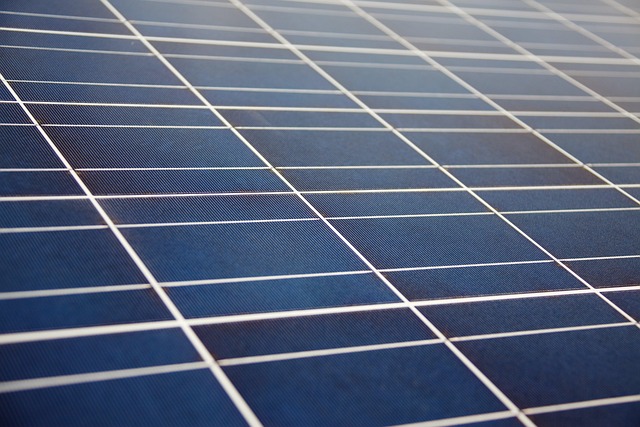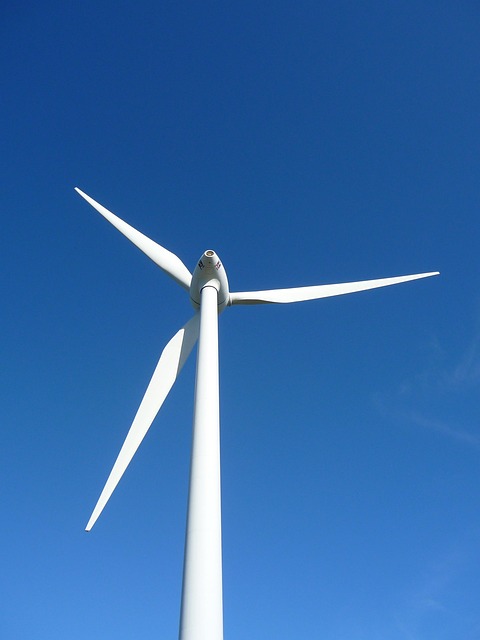
Untapping Clean Energy Potential in Urban Areas
As urban populations surge and the effects of climate change become increasingly pronounced, the need to rethink energy consumption and production within cities has never been more pressing. Urban areas are not only home to more than half of the global population but also major contributors to greenhouse gas emissions. However, these same cities possess untapped potential for clean energy that, if harnessed effectively, could foster sustainable development, create jobs, and enhance the quality of life for residents. This article explores the various facets of clean energy potential in urban areas, examining technologies, policies, and community involvement that can lead to a greener urban future.
The Urban Energy Challenge
Urban environments face unique energy challenges due to their dense populations and complex infrastructures. Energy demand continues to rise, driven by factors such as population growth, the proliferation of electronic devices, and increasing needs for transportation and cooling. Consequently, conventional energy sources reliant on fossil fuels have become unsustainable, both environmentally and economically.
Additionally, cities are susceptible to the impacts of climate change, experiencing phenomena like urban heat islands and increased flooding. These challenges necessitate a paradigm shift in how cities generate and consume energy. Simultaneously, they present an unprecedented opportunity to integrate clean energy solutions that can mitigate these effects while promoting resilience.
Sources of Clean Energy in Urban Areas
Several clean energy technologies are particularly well-suited for urban areas, each offering unique benefits tailored to urban needs.
Solar Energy
Solar power is one of the most accessible forms of clean energy for urban environments. Rooftops of buildings, parking lots, and vacant lands can serve as prime sites for solar panel installations. Moreover, technological advancements have paved the way for solar solutions such as building-integrated photovoltaics (BIPV), where solar cells are integrated into building materials, blending seamlessly with the architecture.
Urban solar energy can significantly reduce reliance on traditional power sources, lower energy costs for residents, and promote energy independence. Community solar projects also allow for collective investment and shared benefits amongst residents who might not have the means to install solar systems individually.
Wind Energy
Although urban areas are often viewed as unsuitable for wind energy due to turbulence and building obstructions, innovative solutions exist. Small-scale wind turbines can be deployed on rooftops or other high structures, harnessing the wind generated by the urban landscape. These turbines can complement existing energy sources, contributing to a diversified urban energy mix.
Energy Efficiency Technologies
Improving energy efficiency is an essential aspect of reducing total energy consumption in urban areas. Technologies like smart meters, energy-efficient appliances, and automated building management systems can optimize energy usage in residential and commercial buildings. Additionally, retrofitting older structures with modern insulation and HVAC systems can yield substantial energy savings.
Geothermal Energy
Urban areas can also capitalize on geothermal energy for heating and cooling purposes. Ground-source heat pumps can draw upon stable underground temperatures to provide custom temperature regulation for buildings throughout the year. While the infrastructure investment is significant, the long-term energy savings and environmental benefits can be profound.
Policy Frameworks Supporting Clean Energy Initiatives
The successful integration of clean energy technologies into urban landscapes requires supportive policies at local, state, and national levels. Policymakers must prioritize sustainability in urban planning and infrastructure development, fostering an environment conducive to clean energy innovation.
Incentives such as tax credits for renewable energy installations, subsidies for energy-efficient upgrades, and grants for community solar projects can encourage private investment and public engagement in clean energy initiatives. Moreover, adopting building codes that mandate solar energy readiness can ensure that new constructions contribute positively to local energy grids.
Community Engagement and Education
Community involvement is pivotal in the transition to clean energy in urban areas. Educating residents about the benefits and possibilities of renewable energy can foster grassroots movements advocating for more sustainable practices. Community workshops, seminars, and awareness campaigns can engage residents in discussions about energy conservation, the importance of renewable sources, and available incentives for clean energy projects.
Moreover, encouraging local energy cooperatives can empower communities to collectively manage and share sources of clean energy, thereby fostering a sense of ownership and responsibility. These cooperatives can develop projects like community solar arrays that make clean energy accessible to those who might otherwise lack the resources to invest in solar technology.
Integrating Clean Energy into Urban Planning
Effective integration of clean energy technologies into urban planning is paramount. Urban planners and policymakers must adopt a holistic approach to development, considering energy efficiency and renewable energy generation in zoning laws and land-use regulations.
This could include setting aside dedicated zones for renewable energy installations, prioritizing public transport systems that utilize clean energy, and promoting mixed-use developments that minimize transportation emissions. Furthermore, cities should leverage technological innovations such as smart grids, which enhance energy distribution and facilitate the integration of decentralized energy sources.
The Role of Technology in Clean Energy Transition
Technological advancements will play a crucial role in revolutionizing urban energy systems. Innovations such as energy storage solutions (battery technology), smart grids, and demand-response systems can facilitate a smoother transition to clean energy. Energy storage technologies, for instance, can store excess energy generated during periods of high production (e.g., sunny days for solar) and release it during peak demand times, boosting reliability and efficiency.
Moreover, smart grid technology can optimize energy consumption patterns by enabling real-time data analysis, leading to better resource management and reduced peak demand pressure on urban energy systems. This synergy between clean energy technologies and advancements in digital technology will be essential in addressing energy scarcity and managing climate risks in metropolitan settings.
Case Studies of Successful Urban Clean Energy Initiatives
Across the globe, various cities have begun implementing innovative clean energy solutions and have seen positive results. These case studies are worthy of exploration, as they can serve as blueprints for other urban areas seeking similar transformations.
San Diego, California
San Diego has made significant strides in its clean energy goals by committing to 100% renewable energy by 2035. The city benefits from a robust solar energy initiative, with significant installations on commercial and residential rooftops. Additionally, San Diego has implemented smart grid technologies to improve efficiency and integrate renewable sources into the local energy market.
Copenhagen, Denmark
Copenhagen has positioned itself as a global leader in sustainability, aiming to become the world’s first carbon-neutral capital by 2025. The city’s integration of wind energy, district heating powered by biomass, and significant investments in cycling infrastructure are notable components of its clean energy strategy.
Freiburg, Germany
This small city exemplifies how community involvement and strong local policy can lead to impactful clean energy outcomes. Freiburg has invested in extensive solar power generation, establishing community solar cooperatives that enable residents to invest in and benefit from local renewable energy projects. The city’s commitment to sustainability is reflected in its urban planning practices that prioritize green spaces and environmentally-friendly transportation.
The Future of Clean Energy in Urban Areas
As urban areas continue to grow, the urgency to develop sustainable energy solutions will only increase. The transition to clean energy is not just a necessity; it is an opportunity for cities to enhance their economic resilience, improve public health outcomes, and reduce environmental impacts. To achieve this transition, stakeholders—including governments, businesses, communities, and individuals—must work collaboratively to drive policy change, invest in new technologies, and engage in community-building exercises.
While the path towards untapped clean energy potential may be challenging, the outcome holds immense promise: vibrant, sustainable cities that prioritize the well-being of their residents and the health of the planet. As cities adapt to an evolving energy landscape, their commitment to renewable practices will pave the way for a brighter and more sustainable future.
Conclusion
Untapping clean energy potential in urban areas is an undertaking that requires vision, innovation, and the collective effort of all stakeholders involved. As new technologies emerge and effective policies are established, the dream of sustainable urban living becomes more achievable. The future is bright for urban clean energy, potentially transforming cities into hubs of sustainability and resilience that can endure through the challenges of climate change and resource scarcity. By embracing this transformation, cities can set the stage for a more sustainable world.



